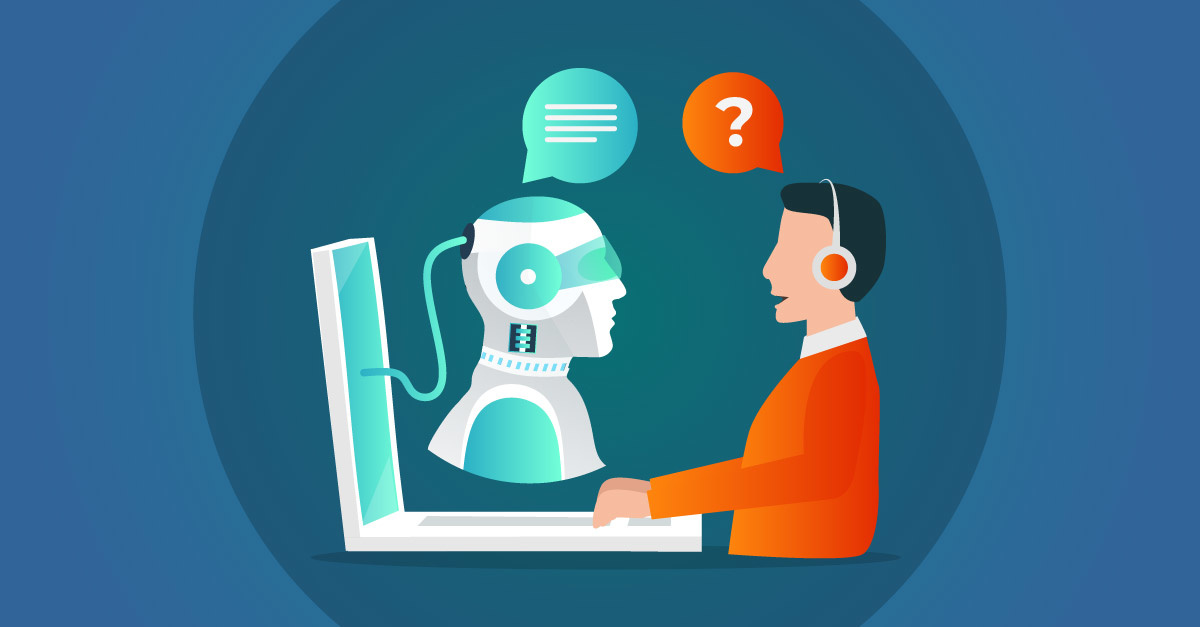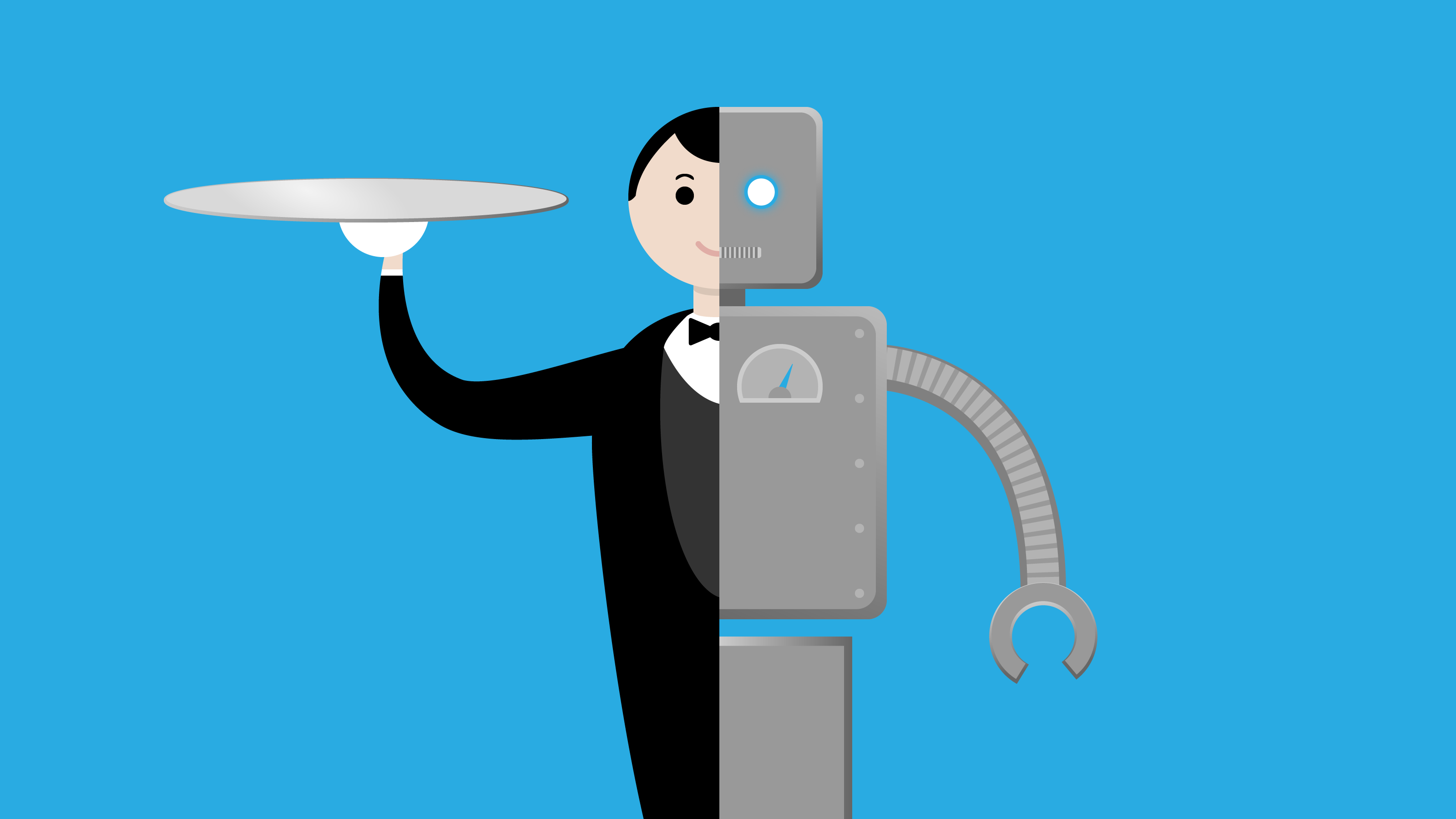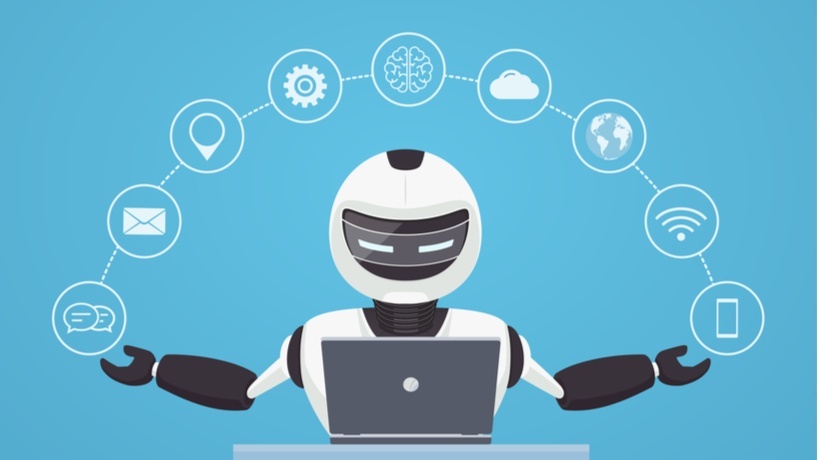Work Less, Achieve More: The Impact of AI on Employee Work Hours
This article delves into the significant changes AI brings to workplaces, potentially reducing work hours for professionals. It highlights the sectors most affected, the role of AI in automating tasks, and the future of work in the AI era.
Author
EZ-AIWork Less, Achieve More: The Impact of AI on Employee Work Hours
As we usher in the era of artificial intelligence (AI), administrators are poised to experience significant changes in their roles. The rise of AI is triggering a swift and substantial transformation in workplaces, potentially reducing the working hours for these professionals.
Recent data, reveals that nearly a quarter of the economy will be disrupted by AI technology. These AI tools are gaining popularity among the new generation of workers, assisting in tasks ranging from email composition to report drafting.
The impact of generative AI will be most profound in sectors such as professional services, media, IT, finance, and education, according to experts.
Jobs centered around administration, communications, and creative tasks are prime candidates for automation. However, this shift could also expedite the transition to a four-day work week for these workers.
The integration of AI in workplaces will reduce the workload for professionals across various industries in the coming decades. Note that workers utilizing the latest AI tools are currently saving approximately five hours per week.
Contrary to the popular belief that AI will eliminate jobs, some could argue that AI tools are more likely to automate specific tasks, particularly routine ones. These advanced generative AI tools are enhancing efficiency, enabling workers to perform their jobs better and faster.
The start of big changes
AI has been a crucial component of modern industry for over a decade. However, recent advancements have expanded its application to communication and creative tasks, sparking a global race among the world's largest tech companies. Tech giants like Google and Microsoft, along with OpenAI, are leading the charge.
Another recent report, which included a survey of 2550 workers across 18 industries, found that almost one-third of workers are already using generative AI in their jobs. However, two-thirds reported that their managers are unaware of this.
Currently, only 9.5% of large Australian businesses with over 200 employees have officially adopted the latest AI tech. This figure drops to 1.4% for all firms. However, this is rapidly changing, with a separate survey revealing that one-third of small business owners have already replaced or plan to replace part of their workforce with AI.
Over half of the surveyed employers believe that AI could reduce their workforce, with tasks like administration, creative writing, and communications being the initial applications. An analysis suggests that administration jobs are most vulnerable to disruption from AI, with up to 90% of such jobs likely to be partially automated across most industries.
Tasks like summarizing reports, compiling business spreadsheets, and generating marketing copy are current applications for the latest AI tools. However, as managers increasingly adopt this technology, other applications are expected to emerge over the next three years.
Conclusion
While AI tools are set to automate certain tasks, they will also work alongside humans, saving time and enhancing efficiency. The future of work will likely involve a blend of human and AI capabilities, with the potential to transform industries and redefine roles.



